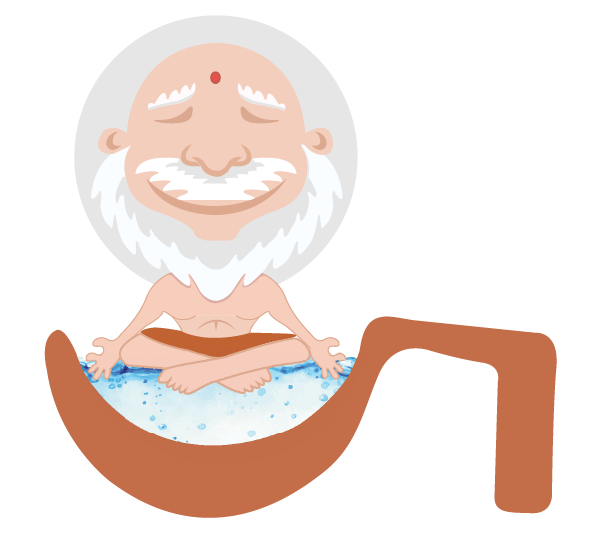How do I Draw Thee?
What’s in a number? A lot, it would seem, especially when we are dealing with the people-pleasing number 5
Meera Rajagopalan
Five’s an odd number. That’s not just in that ‘duh-of-course-it-is’ mathematical sense. Five is the launch-pad number. Five is when an organisation that’s been running the race the second the starting pistol goes off, pauses for a breath. Five is when children start to ask ‘why’ questions that send parents to Google more often than they don’t. Why, 5 a.m. seems like the time one should aim to wake up to make the jump from regular to extraordinary.
But make no mistake, five is not as simple as all that. It is a devious number, surreptitiously hiding beneath its friendly multiples that repeat faithfully like Warhol patterns.
Take five’s form, for example. The rest of the digits are like a bestseller’s plot points, delivering what they promise from the get-go. Zero, one and three commit to one of the two – lines or curves – and stick to them.
On paper, ‘2’ seems like it’s bucking the trend, but on closer scrutiny, its seeming unpredictability is rooted in balance (and perhaps a strong sense of the Laws of Physics). Two’s base acts as a ballast to its curvy and unstable hook – in effect, rendering the number the equivalent of a forty-plus salaried employee setting aside enough savings to last her to the end of her life. The ones following five are no different. They stick to the line-curve binary, supremely smug in their balance.
I submit that five is the impish rogue number: that seemingly obedient cousin who showed you your first Debonair; the front-bencher friend who introduced you to smoking. Five teaches us to live dangerously, and that’s it is okay to not follow the crowd. If I am allowed a bit of hyperbole, I would say it is the number that reflects life and its complexities in all its glory. For when you start writing the number, you realise it’s going along a set path. For all intents and purposes, it should create a closed figure, a rectangle within which one could spend eternity, content and safe in its symmetric envelope. Instead, five throws a curveball at you. You don’t complete the rectangle, for a neat boxed-in figure; instead, you work towards a half-curve, half-line figure that is open-ended (at both ends). It’s the letter S gone crazy, trying to break the shackles of the line-curve binary that seems to afflict the numeric world.

If that seems like a bit of a stretch, consider the Devanagari equivalent of the number: 5. What does that look like, if not 4? So school children remain confused, and Hindi numbers don’t, in any case, endear themselves to learners with their weird names for numbers ending in nine. If children across the country (sans Tamil Nadu, of course), traumatised by this apparent dissonance, were to look past its easy multiples and identify the sneakiest number they knew, surely they would point to five?
When numbers are used in art, they’re often together in a digit soup. Strike that: rarely are numbers seen within the frame. Rarer still are numbers used in focused isolation to create an entire experience, as does Charles Demuth in his 1928 painting, I Saw the Figure 5 in Gold. The curves and lines of progressively smaller 5s perfectly complement the copper tones of the work, evoking the image of a fire engine and the cacophony that surrounds its arrival. That a mere number can emote! Surely the word ‘numb-er’ is a misnomer?
For all its myriad personality traits, five is essentially a people-pleasing number. Behind its popularity is its perfection: three may be a crowd, but four is too balanced, and six has too many factors going against it (pun intended). Five also lends itself well to groups of objects: the five elements of art and the earth; the five senses of a body. There are the five Olympic rings, the five oceans, and the five pillars of Islam. And of course, the worldwide favourite, the five-pointed star.
All of this, fascinatingly, sits lightly on five’s shoulders. It is easy to approach and understand, so the number is the first that humans are truly able to grasp – after all, it’s the number of fingers on a non–Hrithik Roshan hand. It’s no wonder, then, that many Australian aboriginal languages used a quinary system of numbers, with a base of five, rather than the current decimal system. The downside of adopting a quinary system, ironically, would have been that we would have lost five as a digit.
The lessons from five, it would seem, keep on coming.
Share